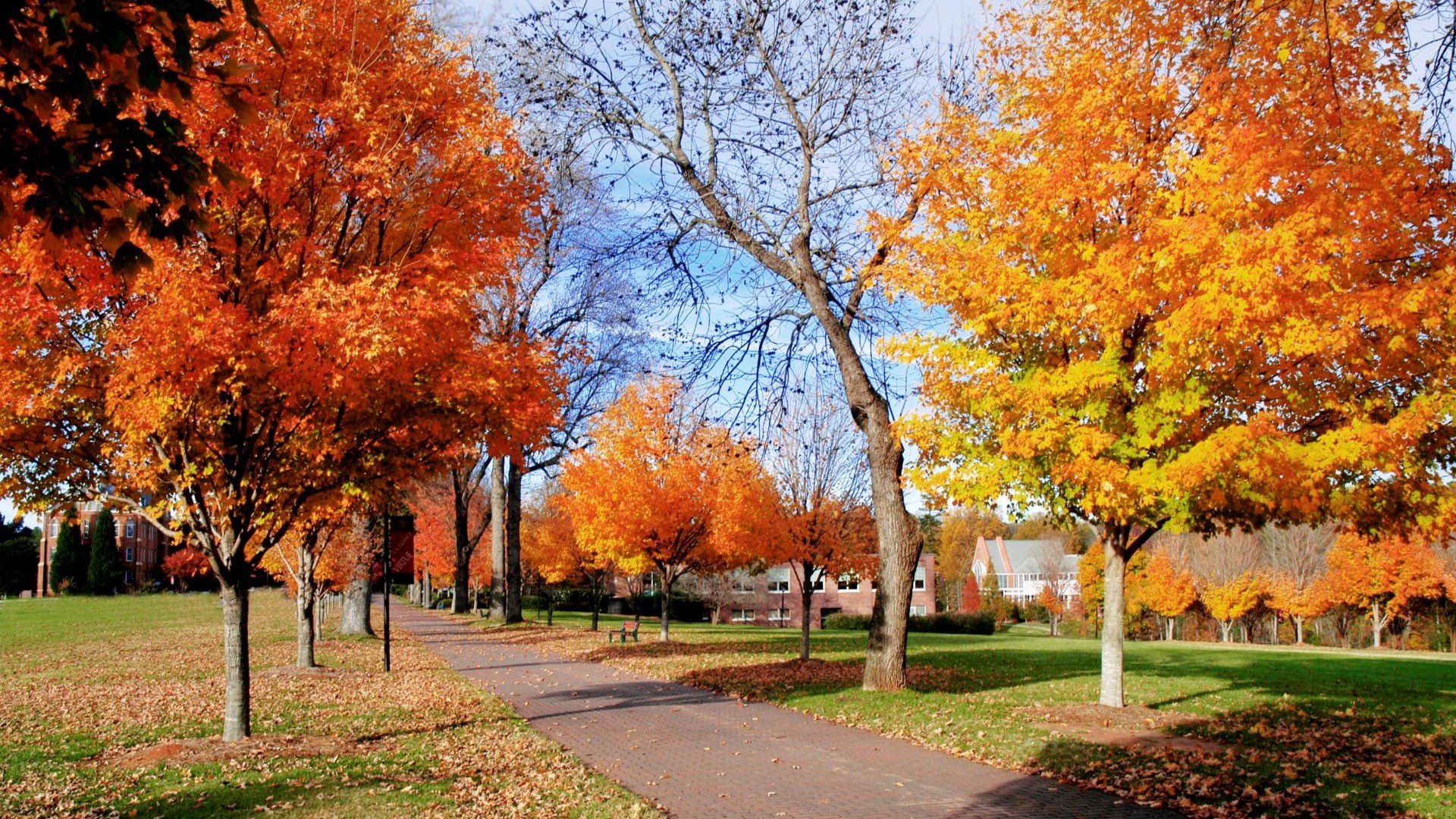Adopt Tree Assessment and Removal Policies and Practices

Trees are an important and beautiful part of many campuses, but they can damage property and cause personal injury. To reduce liability, your K-12 school, college, or university must conduct inspections and act when it becomes aware of sick or damaged trees in high-risk areas.
Maintain records of the assessment, trimming, and removal of trees. These records can help reduce liability if property damage or personal injury occurs.
United Educators (UE) can better evaluate claims if your Facilities department or a contractor regularly reviews your campus tree inventory and logs that review. If you can prove when a damaged tree was last inspected, that could affect a claim’s outcome.
Also adopt or review tree assessment practices and enact policies for tree trimming or removal.
Consider the following UE claims and their outcomes:
- When a fallen tree limb damaged a parked vehicle at one college, the institution discovered it didn’t routinely conduct or document tree inspections. This made the claim harder to defend and increased the settlement amount.
- Another institution hired an arborist, who documented which trees were inspected, trimmed, and removed. The institution maintained those records consistent with its document retention policy. When a limb fell and caused property damage, this documentation was used in negotiations that helped the institution settle for more favorable terms.
Review Tree Assessment Policies
A tree assessment policy explains how and when trees on campus will be inspected, preserved, or removed. Michigan State University’s Campus Tree Management Plan establishes:
- The responsible authority with oversight over campus trees
- International best practices, including those from the International Society of Arboriculture
Establish a regular inspection schedule and include tree trimming procedures. The Virginia Tech Campus Tree Care Plan addresses arboriculture practices such as pruning, trimming, thinning, and reduction.
Your institution’s response to severe weather and high winds — frequent causes of tree damage — is also important. Virginia Tech’s plan establishes priorities after a storm: Remove tree debris that disrupts campus operations, then remove unsalvageable trees that pose hazards.
Remove Trees Safely
Remove potentially dangerous trees that can’t be trimmed or thinned. Whether to remove a live tree hinges on its condition and proximity to high-risk areas including:
- Picnic spots
- Student hangouts
- Sports fields
- Parking lots
- Off-campus structures
Follow existing safety policies and use dangerous equipment correctly when removing trees. Amherst College has a bucket truck policy, in compliance with the Occupational Safety and Health Administration (OSHA), that includes tree removal guidelines. Kansas State University’s tree trimming safety guide includes chainsaw safety tips.
About the Author
-
Joe Vossen, JD, CPCU
Resolutions Counsel
Joe is a member of UE’s Resolutions department, where he handles bodily injury and education liability claims. He is a former member of UE’s Risk Research team and, prior to that, practiced insurance defense law. His areas of expertise include LGBTQ protections, use of force by campus police, athletic injuries, and study abroad.





